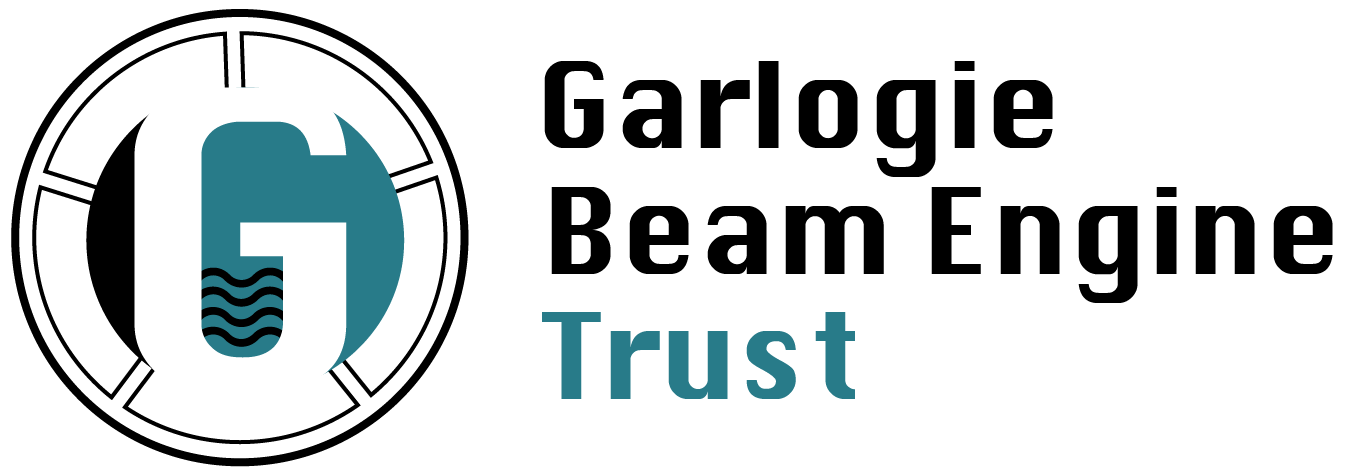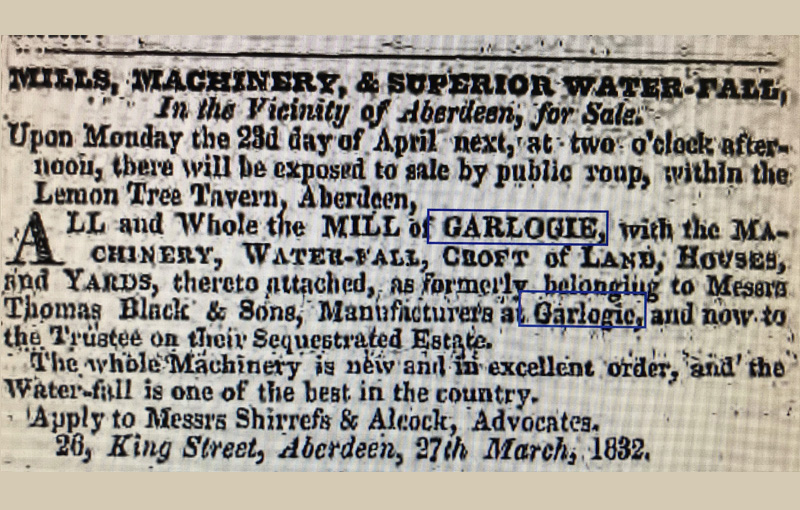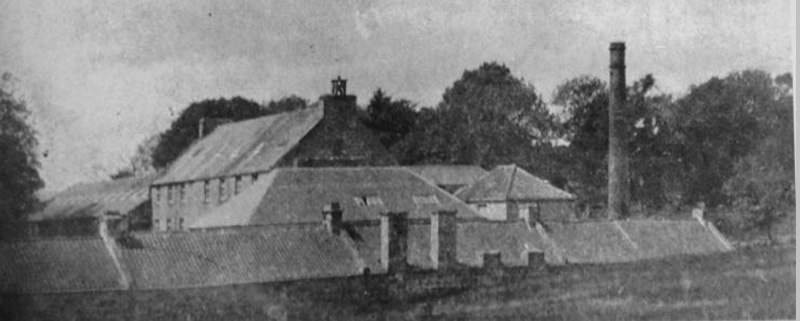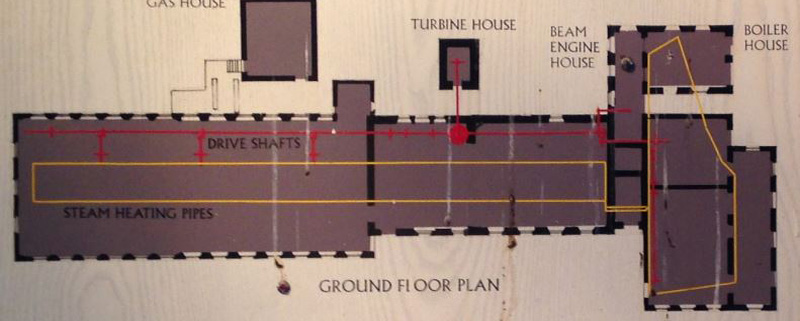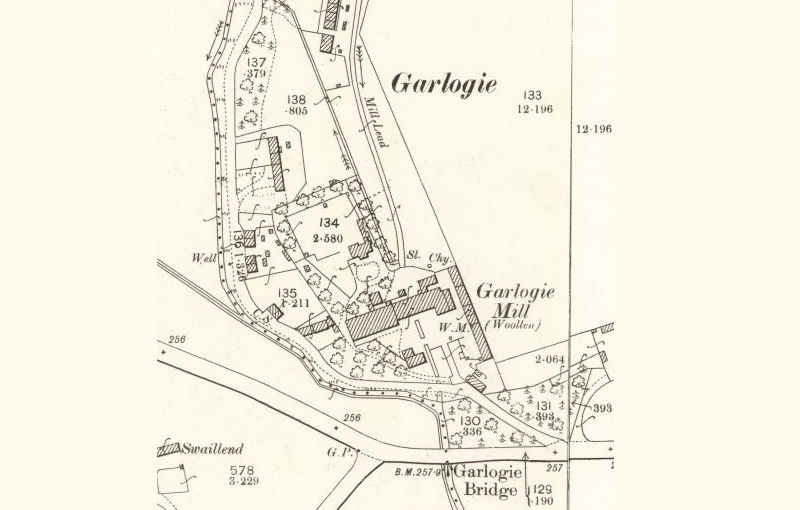Story of Garlogie Mill
,Up until the late 18th century a fulling mill (otherwise known as a waulkmill in Scotland) existed on the Garlogie Mill site. Fulling is a process whereby cloth is thickened by pounding with clubs, driven in this case by a water wheel. In 1799 Thomas Black and Sons acquired the mill, built a 3 story mill building and commenced wool spinning. Sadly in 1832 Thomas Black’s wool spinning business was bankrupted and offered for sale by public auction in The Lemon Tree Tavern in Aberdeen. The mill was then bought by Alexander Hadden and Sons who were already operators of a large mill at The Green in Aberdeen (behind what is now the Station Hotel and Hadden Street). In the mid-1830s, the beam engine was installed to supply power to the mill when water levels were low. In the 1840s a gas plant was installed near the entrance to what is now Garlogie House at the West end of the mill, with the gas being stored in a gas house next to the mill. In 1870 a new beam engine cylinder and two new boilers were installed. In c. 1890 a Hercules water turbine replaced the 1827 waterwheel and in 1981 the East wing of the mill was destroyed by fire, being rebuilt as a single-story structure.
In 1904 the economics of the wool spinning business went into decline and Alexander Hadden were forced to close their Garlogie Mill operation. The yarn spinning machinery was sold at public auction in July 1905. By the early 1930s, the majority of the mill buildings had been demolished and the steam raising plant removed. The engine house chimney was demolished in the late 1950s. Today the only surviving remains are the beam engine house, part of the back wall of the Mill which was subsequently incorporated into the 1920s turbine house, and the Willey Room which in 1931 was renovated, improved and turned into Garlogie Village Hall.
In 1969 Dunecht Estates gifted the village hall to Aberdeenshire Council who then assumed ongoing responsibility. The village hall was renovated and extended by the Council in 1987. In the 1970s the Royal Commission for Ancient and Historic Monuments Scotland (RCAMS – the forerunner to what is now Historic Environment Scotland) surveyed the remains of Garlogie Mill. They recognised the particular importance of the surviving beam engine, which had by this time become the oldest steam engine in Scotland still in its original location, by placing a Category A listing on the engine house and the beam engine in 1971. This in due course led to Dunecht Estates gifting the remains of the mill site to Aberdeenshire Council in 1993 and following a major refurbishment of the beam engine house and water turbine house the site was opened to the public as a Museum of Power on 31st July 1995.
The Museum was staffed on an occasional basis during the summer months but closed in 2000, only being accessible since then by special arrangement with the Aberdeenshire Museums Service. The Garlogie Beam Engine Trust was formed in 2019 with the aim of taking control of the site and once again making the Museum accessible to the public. On 21st July 2023, The Garlogie Beam Engine Trust signed a 99-year lease with Aberdeenshire Council for control of the old Museum of Power site.
When RCAMS took an interest in the preservation of Garlogie Mill, it was decided to commission a set of black and white photographs and dimensioned draughtsman’s views of the beam engine. This work was undertaken in the late 1970s and provides a superb record of the surviving machinery.
